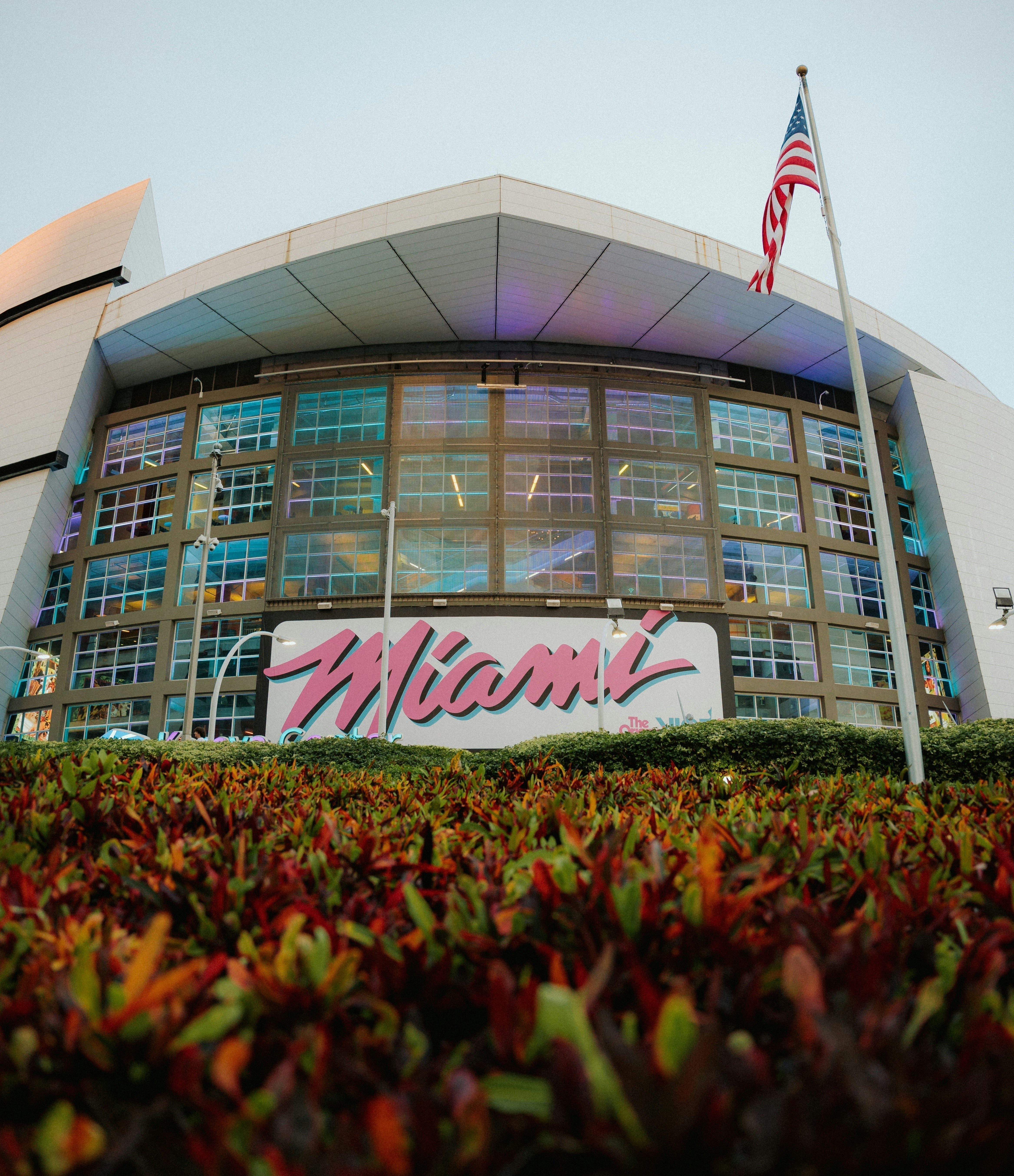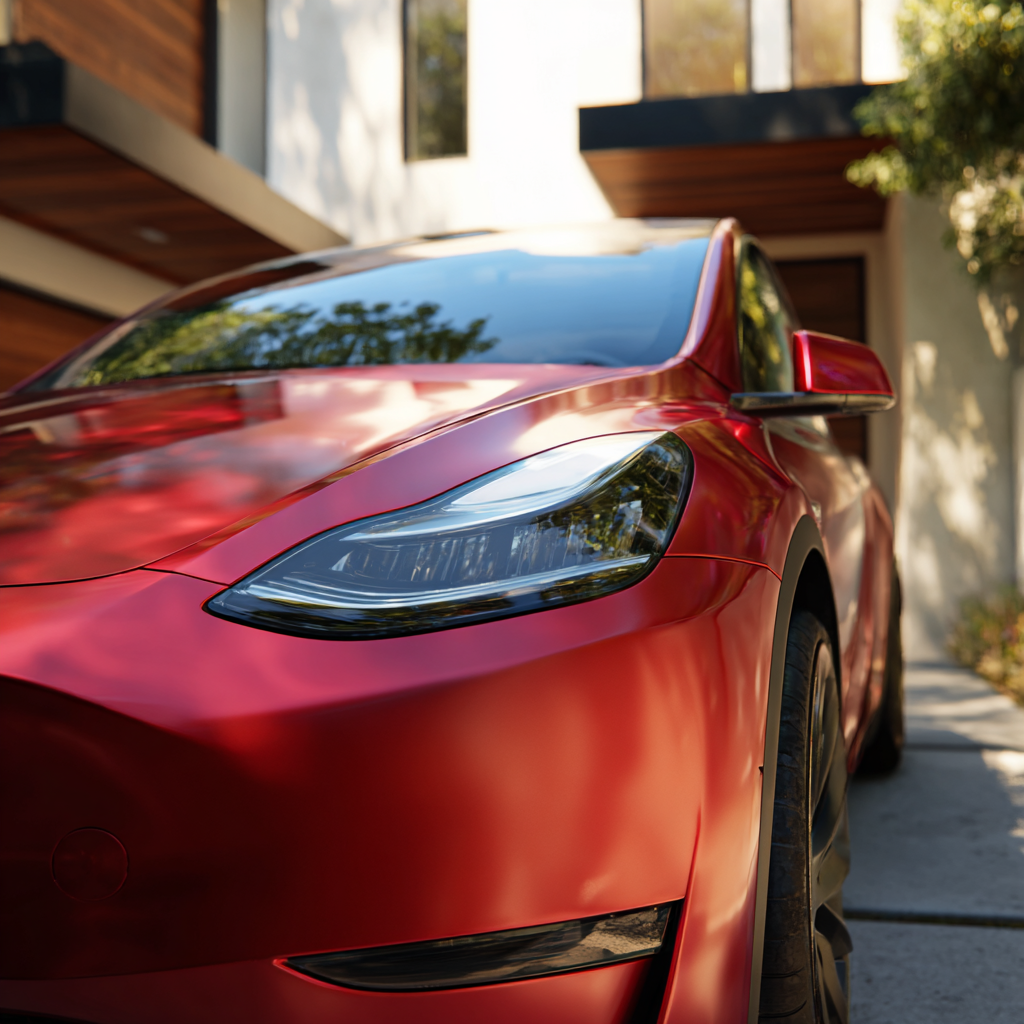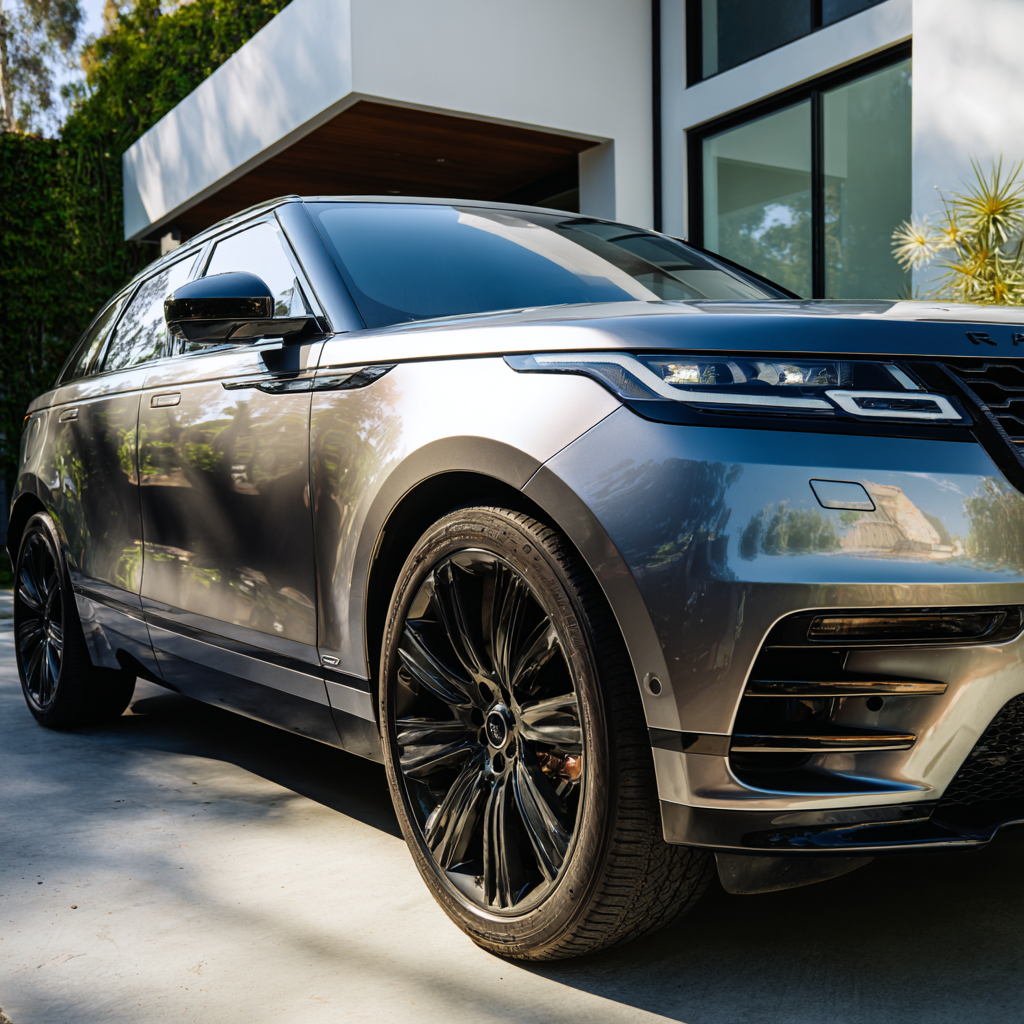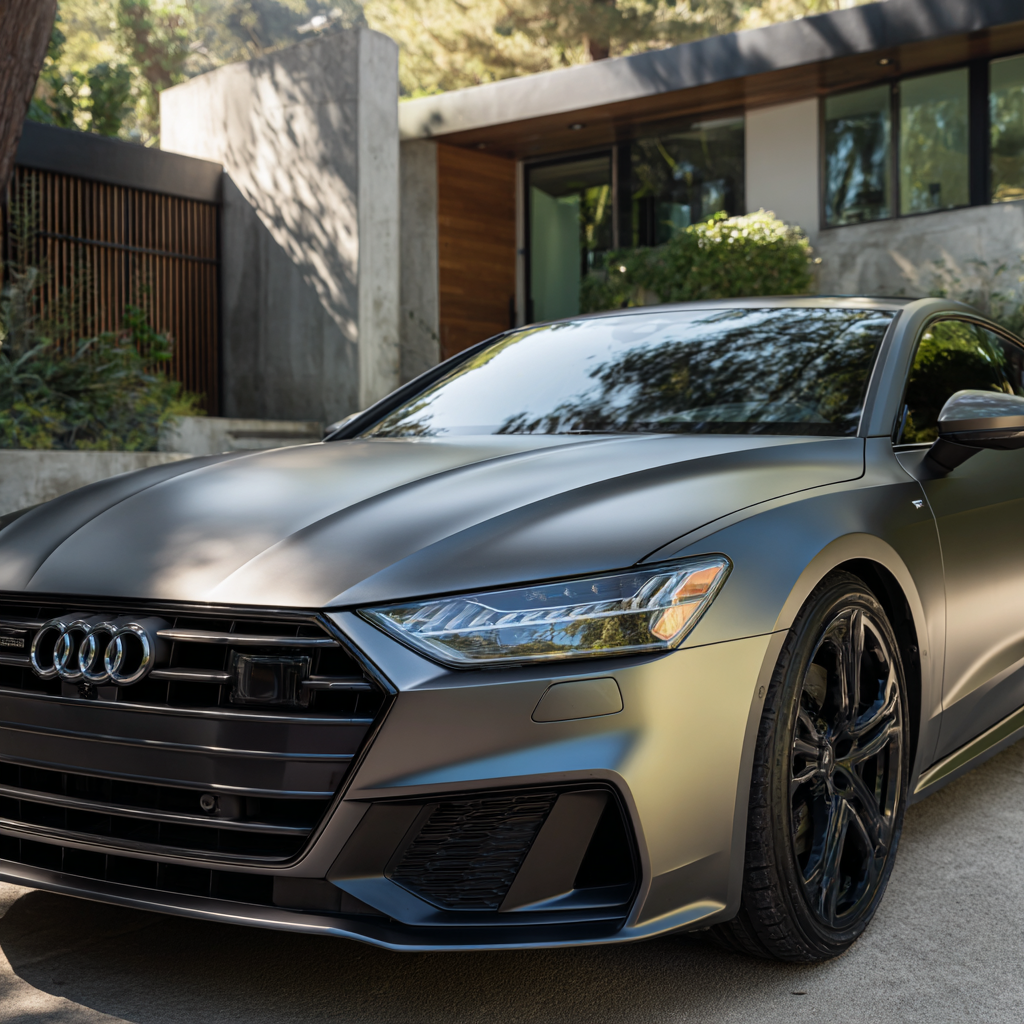The 2025 Miami Grand Prix unfolded May 2-4 at the Miami International Autodrome, marking only the fourth edition since its 2022 debut and cementing itself as a signature U.S. race on the modern Formula 1 calendar. With its blend of semi-permanent circuit features and city-street segments, this event pushes teams into a technical gray zone, making it an annual litmus test for engineering adaptation and operational sharpness. McLaren, Mercedes, and Red Bull all eyed Miami as a key inflection point given the compressed early-season schedule and its impact on championship momentum.
Expectations centered squarely on McLaren’s Oscar Piastri and Lando Norris, who entered as championship front-runners, while Max Verstappen hoped to break a string of difficult races after qualifying on pole. Kimi Antonelli and the Mercedes camp were quietly confident coming off a strong sprint showing. Technical chatter drifted toward tire selection, with a fresh track surface and threats of Miami's unpredictable weather making the optimum “window” where tire, track, and car intersect painfully narrow. Many predicted Red Bull’s analytics-driven approach would snap them back into contention.
Sunday’s dry, humid conditions delivered surprises. Verstappen executed a clean launch but locked up entering Turn 1, which triggered the first shuffle: Norris and Antonelli boxed him in and Piastri moved up. The opening lap also saw Alpine's Jack Doohan retire after puncture-inducing contact, bringing out an early Virtual Safety Car. Piastri worked past Antonelli, then spent three laps filling Verstappen’s mirrors before forcing a mistake on Lap 14 and slipping through for the lead. Norris found his way forward after giving up a position for track limits, eventually securing second while McLaren double-stacked efficiently under VSC only midway through the 57-lap event. Russell, starting on hard tires, kept calm, took advantage of pit timing, and passed Verstappen for third. Among notable exits: Bearman and Bortoleto’s cars failed after mechanical issues, and Tsunoda collected a pit lane speeding penalty but the main order held firm through the closing laps.
The surface, freshly patched in several corners, played havoc with rubber temperature, elevating tire wear and amplifying the value of disciplined cooling management. Afternoon highs reached nearly 29°C, with the track itself often pushing well above, stretching both tire and brake heat management to the edge. Teams with clean air and efficient airflow setups thrived, while those relying on long stints with medium compounds; Red Bull most visibly lost pace as temperatures climbed.
With my own background in paint protection films, this race hammered home a familiar lesson: high heat and inconsistent surfaces magnify any gaps in thermal management or material prep. Just as PPF performance hinges on perfect adhesion, F1 chassis and tire setups need every possible margin dialed in on a track as demanding as Miami.
What played out was a flip on the pre-race scripts: Instead of a pole-to-win for Verstappen, McLaren delivered a clinical 1-2 (Piastri, Norris), Russell locked up third, and Albon shocked many by finishing fifth for Williams. Make no mistake, McLaren’s mastery of conditions and tire cycles set the benchmark. The official results: 1st Piastri, 2nd Norris, 3rd Russell, 4th Verstappen, 5th Albon. Tsunoda’s five-second pit lane penalty did not change the order, and four drivers retired: Doohan, Bearman, Bortoleto, and Lawson.
***
Wessen Char is UPPF’s petrolhead who still mourns the loss of Saab (and drove her 9-5 NG till 2025). She travels between US and Europe to cover auto events. She acknowledges the chic tech of EVs but wonders if the inexorable move to everything digital is ultimately all-better. Analogue had more soul somehow :)



















Share:
Does PPF protect against UV damage and paint fading?
Shanghai Grand Prix weekend